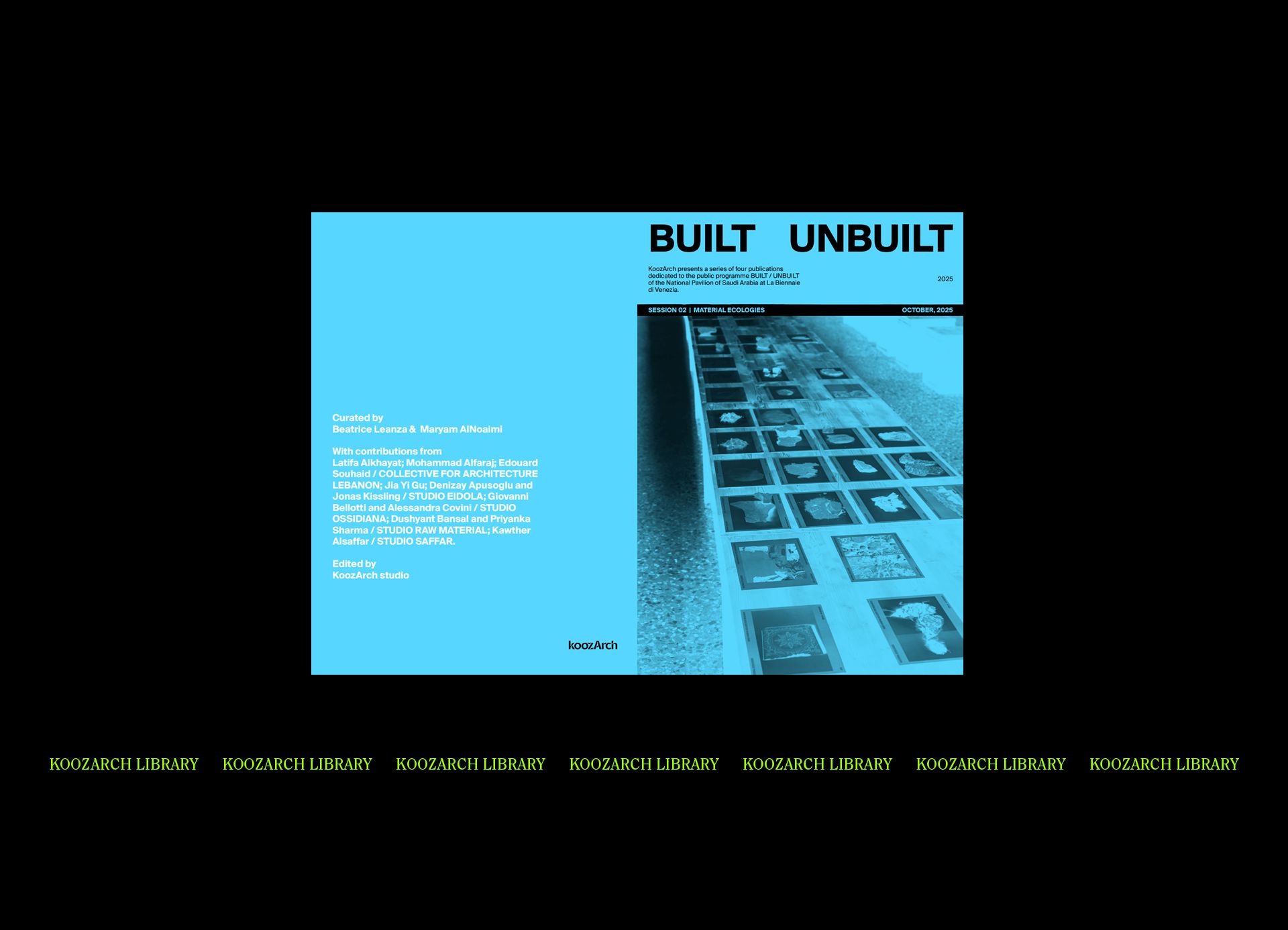The project is focused on the evident disappearance of glaciers due to climate change. We have condemned glaciers to death, so the question is: what can we do about it? The images of the Presena glacier in Italy and the Rhone glacier in Switzerland have been a benchmark, where every summer they cover its glaciers with huge white strips that reflect sunlight and maintain the temperature lower than outside. The Pyrenean mountain range is the foretaste of what is going to happen in similar climatic contexts around the world. These mountains currently host some of the southernmost glaciers in Europe, which are out of balance with environmental conditions and are making visible their recession. Since 1850, the glacial surface of the Pyrenees has been reduced from 21km² to less than 3. In just 100 years, 85% of the Spanish glacial surface has been lost. Today only 9 glaciers remain, which will disappear in the next 30 years.
Despite the considerable decrease of the glacial surface, the Benasque Valley (study area) is the area where the largest glaciers in the Pyrenees are conserved. In this natural park are located the highest peaks of the mountain range and the main river – Ésera -, typically Pyrenean river fed by the melting of the Aneto glacier. The project proposes a new itinerary parallel to this line, a ceremonial march, which warns of the consequences of climate change. A landscape refuge that will commemorate our funeral for a glacier.
The project was developed at the School of Architecture of Barcelona (ETSAB).
KOOZ What questions does the project raise and which does it address?
VR | PSR We try to travel to the past, specifically to the quaternary period, to understand the evolution of societies through the degradation of great masses of ice. And we come to the present with two open fronts in today’s society: the climate crisis and the different dynamics between cities and rural populations. The Benasque Valley, with a current population of 2600 people, is the area where the largest glaciers in the Pyrenees are preserved. However, in just 100 years, 85% of the Spanish glacial surface has been lost. Today only 9 glaciers remain, which will disappear in the next 30 years.
What can we do about it? Every Summer Italy covers one of its glaciers with huge white strips that reflect sunlight and keep the temperature lower than the open air. 10,000 m2 are covered to protect the mass of the glacier. They know that the glacier will eventually disappear, but they are persisting in covering it every Summer to slow down the process. Similarly, 10 years ago experts started covering the Rhone Glacier in Switzerland claiming that the fabrics helped reduce melting by 70%. Are these alternatives, which seem projected by Christo and Jean Claude, the solution to the loss of the glacier? The only thing we know for sure is that we must turn to the world of artistic interventions in the landscape and the architectural imaginary to propose possible answers.
The first thing we must think about is whether it is necessary to continue building, instead of making better use of what we have. And secondly, in which way we want to build.
KOOZ How does the project approach the architect’s role and the power of architecture within our contemporary climate crisis?
VR | PSR The role of the architect, and specifically that of landscape architect, is fundamental at all scales of the project. Although climate change seems a complex concept to tackle, it is clearly generating a greater frequency of natural risks. In this area of Alto Aragón, avalanches together with landslides and rockfalls are frequent. These natural risks leave the valley totally inaccessible, directly affecting the nearest population centres, becoming completely isolated.
KOOZ What are for you the opportunities which can arise in rethinking what we build to be better integrated with our natural environment?
VR | PSR The first thing we must think about is whether it is necessary to continue building, instead of making better use of what we have. And secondly, in which way we want to build. The relationship not only with the natural context but with the number of agents that today should be involved in each project, from scientists, biologists, artists or even climbers who climb to the Aneto glacier every weekend, opens a new field of experimentation that enrich the work processes and make each project more complex but much better-balanced situations.
Is the glacier becoming intangible heritage? In such a case, how can we protect it? And once melted, how can we monumentalize said heritage, which has been accompanying us for no less than the last million years?
KOOZ What is for you the power of the architectural imaginary?
VR | PSR A topic that fascinates us lately is intangible heritage, associated with culture, non-tangible issues, melting… is the glacier becoming intangible heritage? In such a case, how can we protect it? And once melted, how can we monumentalize said heritage, which has been accompanying us for no less than the last million years? The power of the architectural imaginary is that it can make all these issues visible. Let’s go into that imaginary and think for a moment that the Prado Museum is melting, people would panic for having lost Goya or Velázquez forever.
Bio
Vivian Rotie and Pablo Saiz del Rio, based in Barcelona and graduated at Faculty of Architecture of Havana and the School of Architecture of Madrid (ETSAM), with a Master’s degree in Landscape Architecture by School of Architecture of Barcelona (ETSAB). They work on architecture, artistic direction and design projects, with a particular interest in the politics of the built environment.





